A Plague Tale: Requiem review: rats all, folks
A hit-and-miss sequel punching above its weight - but A Plague Tale: Requiem it falls short of its lofty ambitions and inspirations
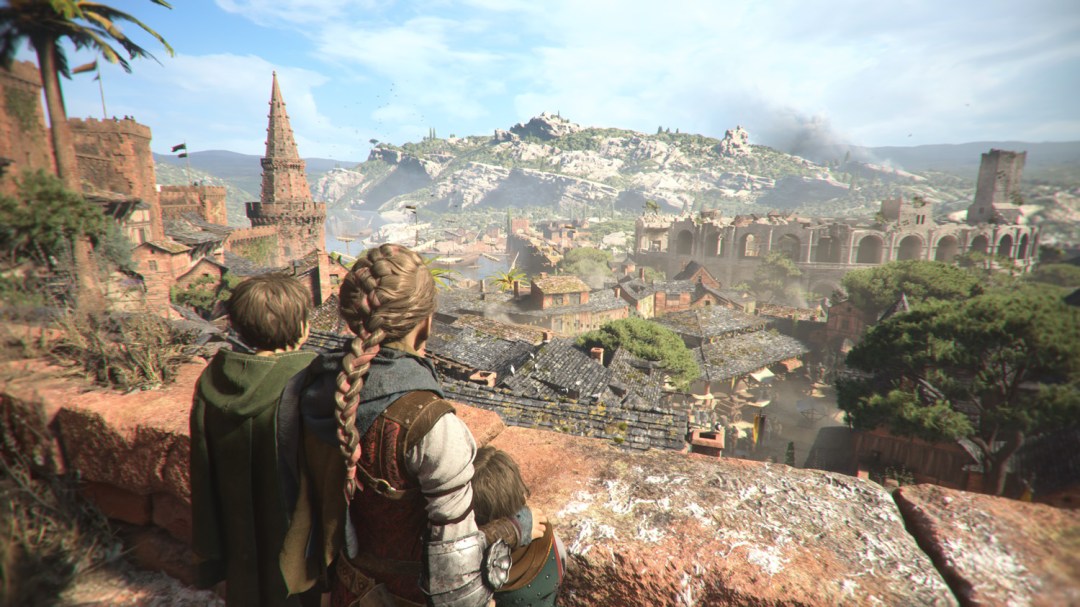
Games in a post-apocalyptic setting where a virus has wiped out much of humanity sure hits different post-2020, but even in the before-times, 2019’s A Plague Tale: Innocence quietly stood out that transported these now well-worn tropes to a historical period – you might call it The Last of Us in 14th century France.
While its action-adventure and stealth gameplay didn’t exactly set the world alight, it had a lot else going for it, from the rich and often grim period details to the central relationship between Amicia De Rune and her ill younger brother Hugo (yes, acting from children that aren’t annoying!) as this pair of siblings from a family of nobles become fugitives pursued by the French Inquisition, as well as an alarming number of disease-spreading and flesh-eating rats.
This sequel, A Plague Tale: Requiem, then allows French developer Asobo Studio to up its game, crafting an even more ambitious story on a grander scale (having also developed 2020’s Microsoft Flight Simulator, it certainly knows a thing or two about groundbreaking tech), hence the decision to make this a new-gen exclusive. But does it manage to stick the landing or does it bite off more than it can chew?
Loss of Innocence
Set six months after the events of the first game (as there’s no recap of any sort, we do recommend newcomers to play Innocence first), the De Rune siblings have become inseparable with their troubles seemingly behind them as they journey to sunnier Southern France.
The new gorgeous vistas and towns bursting with life is a ripe demonstration for why Requiem has left behind last-gen as we’re able to take in much more scenery with huge draw distances, while a mixture of busy crowds and audio makes it feel like a bit of virtual historical tourism. That said, even on PS5, this can take an occasional hit on performance while we still catch moments of environmental pop-up and that super-fast SSD doesn’t prevent noticeable moments of loading between certain scenes.
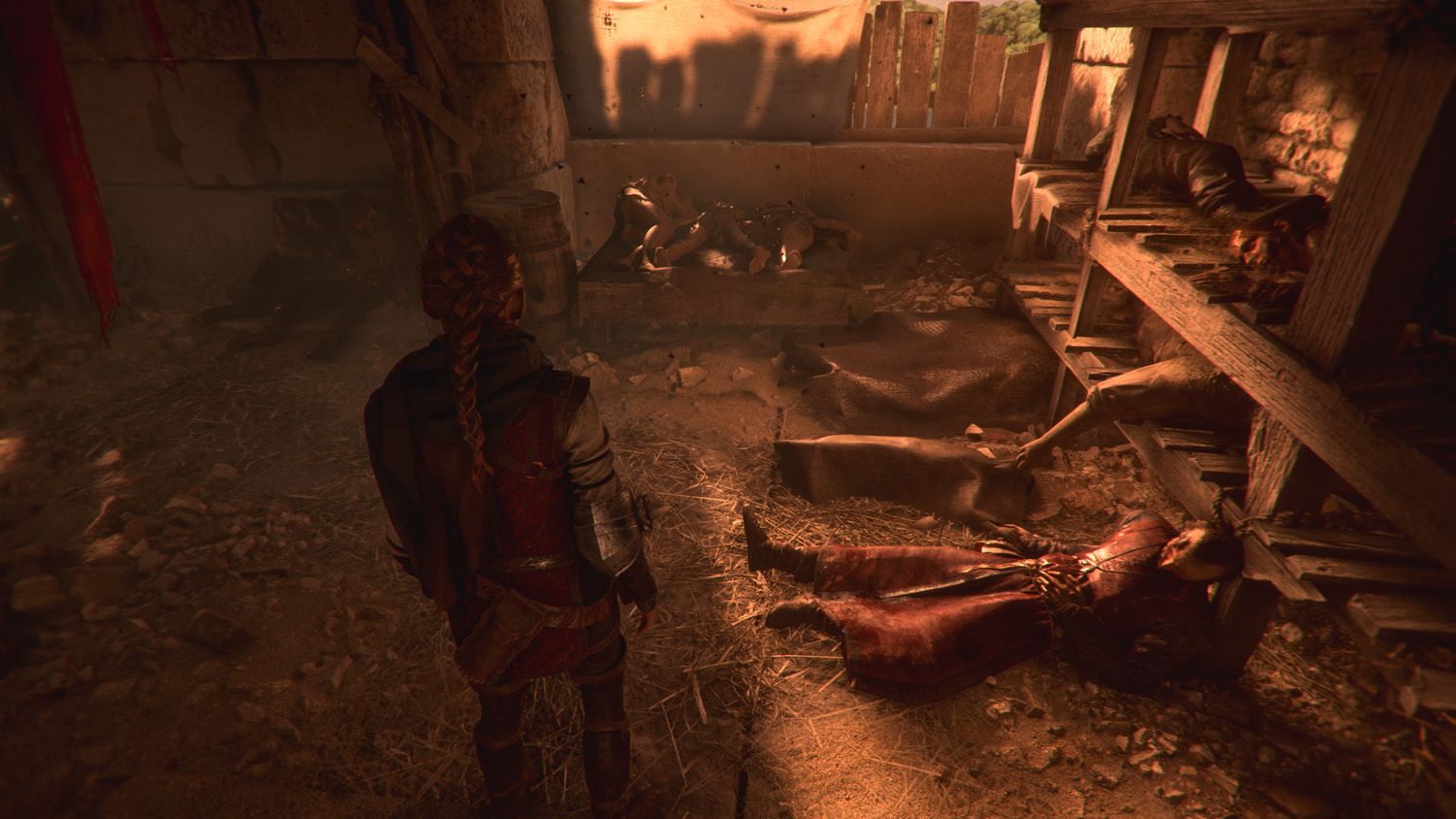
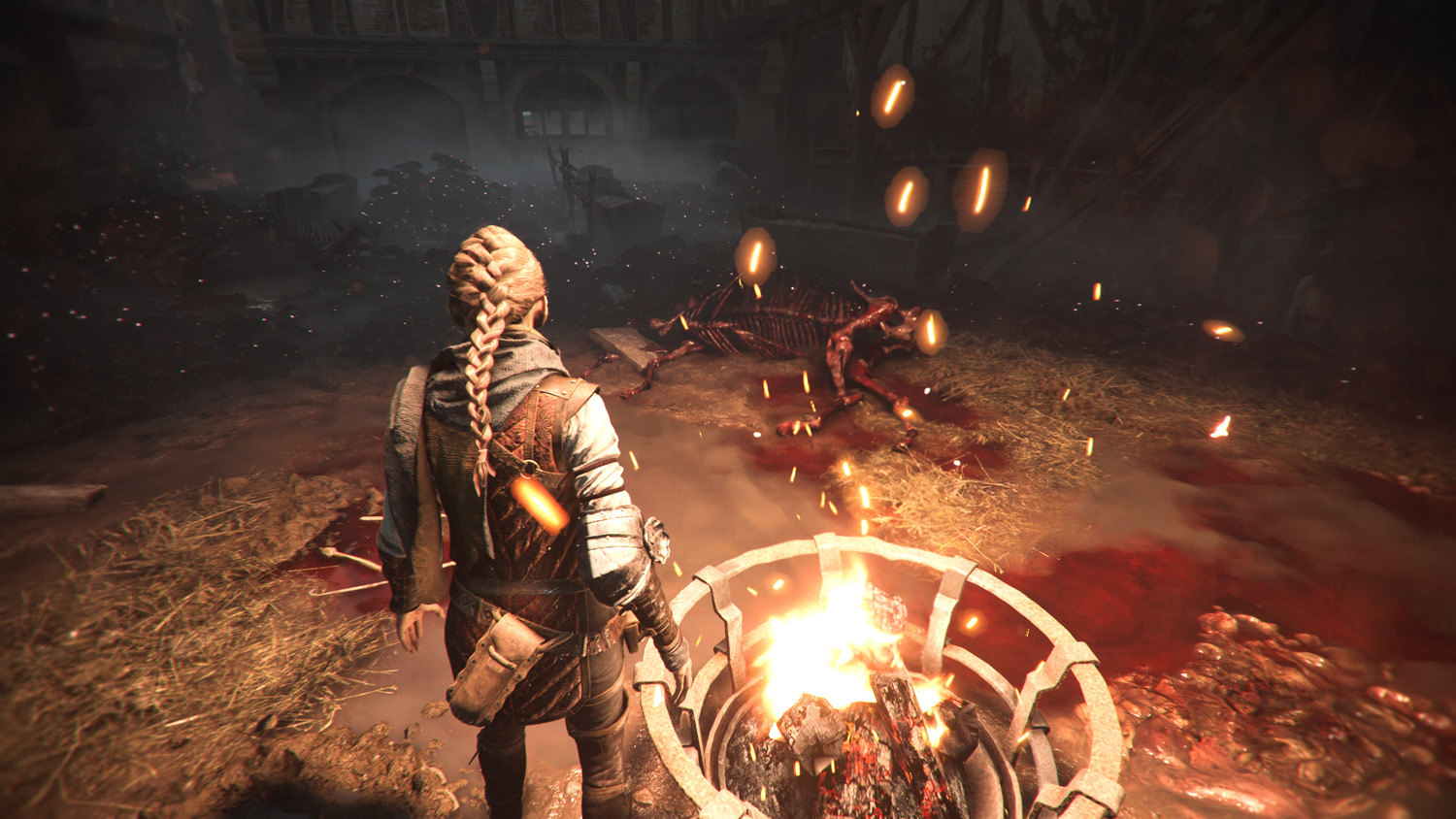
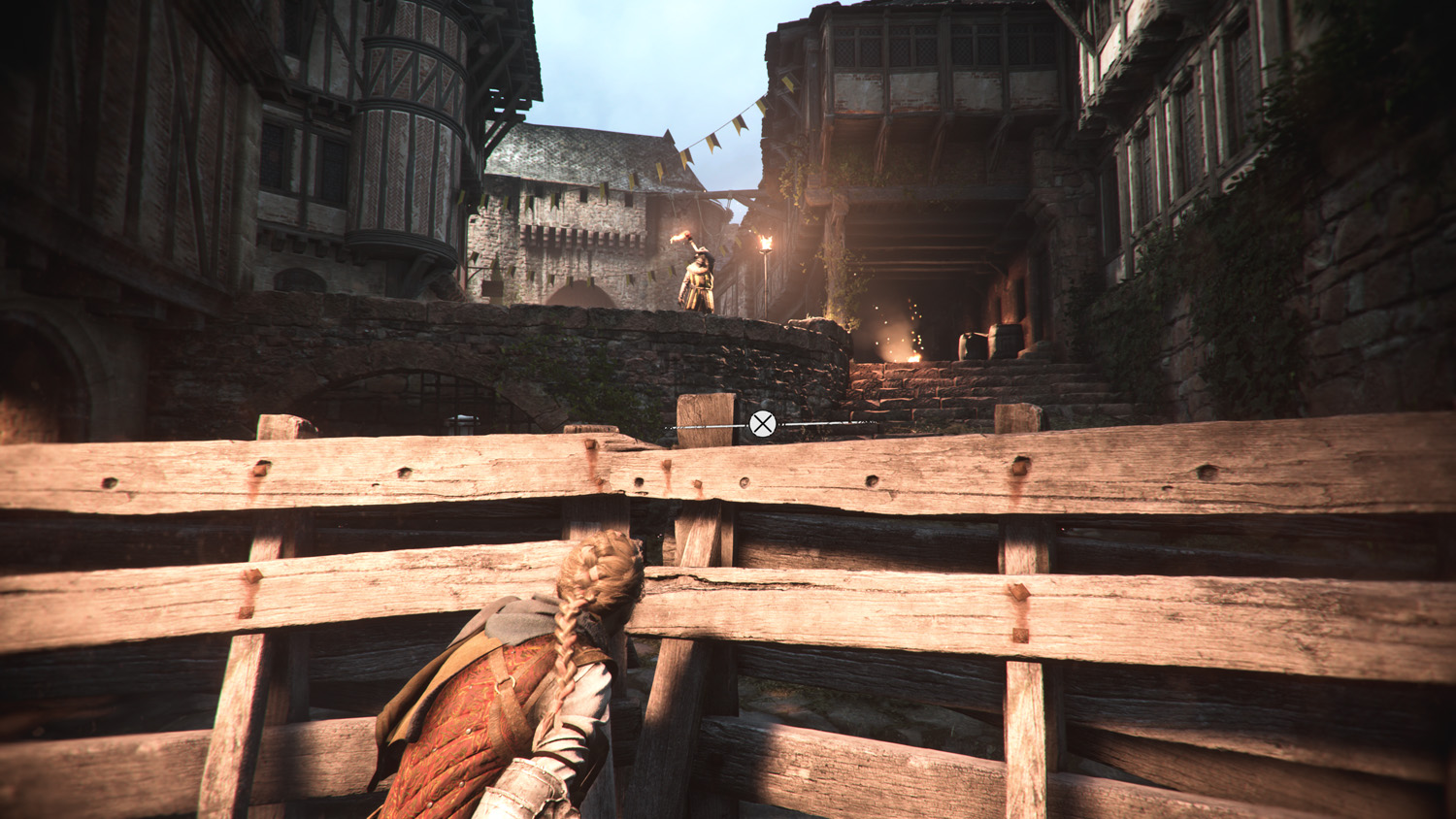
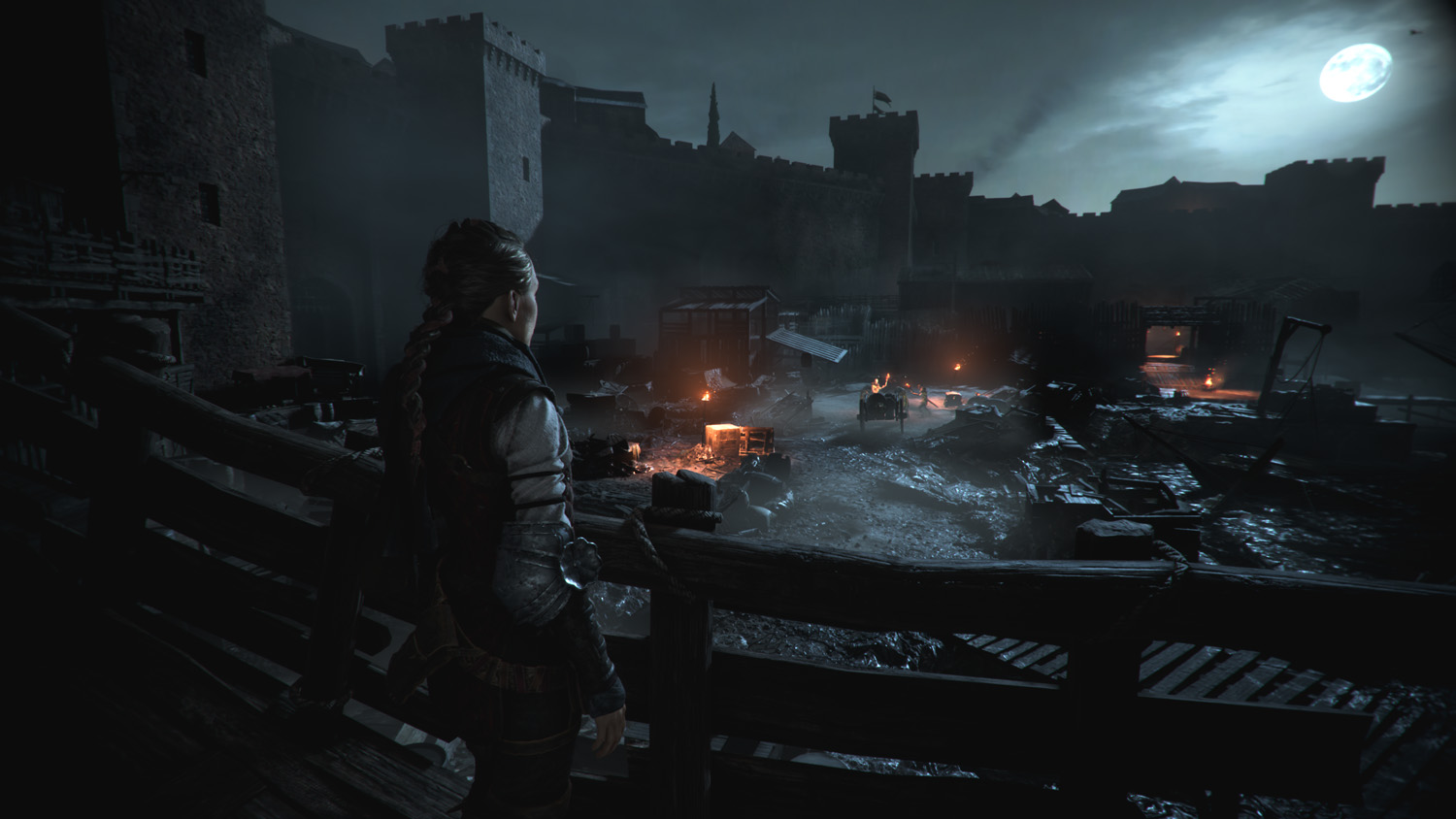
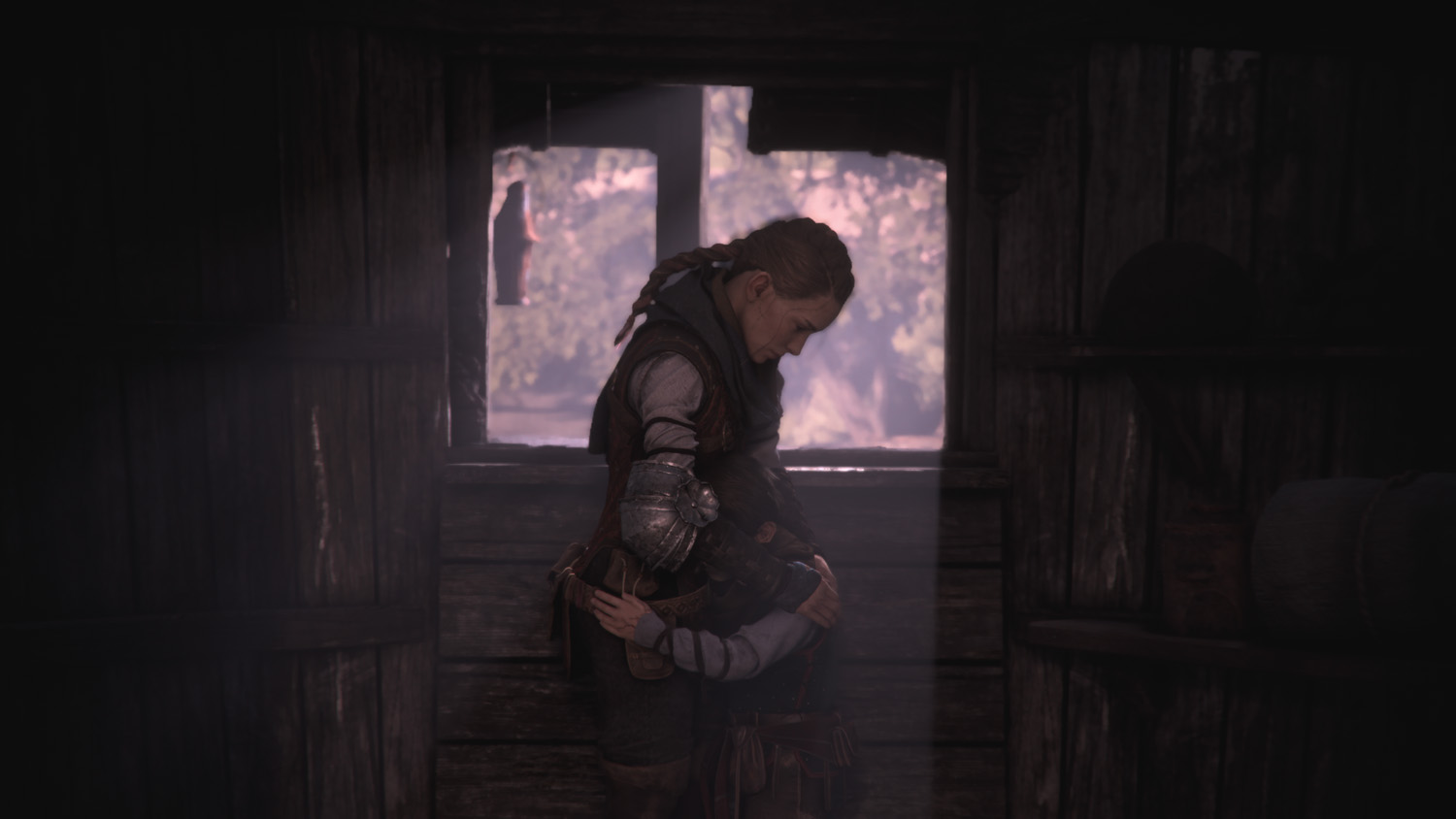
Similarly, the bright and colourful serenity of the first city you visit soon gives way to horrors lurking beneath in other quarters, very much amplified by Amicia’s audible squirming as she resists retching at the sight of corpses piled on top of one another. Before you know it, the rats – less animal than just a whole swarming entity moving as one terrifying organism that consumes anything in its path – are back, as they’re intrinsically linked to Hugo’s condition, the Prima Macula.
And of course, there’s a new enemy in pursuit of Hugo who wants his power for their own twisted ends, while as his protector, Amicia will do anything to find a way to cure him of his condition.
Look for the light
Fortunately, you’ve got some new tools to help you. Requiem’s strength comes from making use of tech to do what hadn’t been possible before. While a lot of what you see is nightmarishly grim, especially as there are moments you’ll see hundreds of thousands of rats onscreen that actually raze cities to the ground like a tsunami, light is just as important, and something you can control.
With the help of some alchemical recipes, Amicia is able to use light to keep the rats at bay, while another item you learn to craft can amplify flames and spread that light to create more room traverse safely. You can even snuff out light, which has sadistic uses like putting out an enemy soldier’s torch and turning them into lunch for the rodents.
When accompanied with Hugo, the poor lad’s connection to the rats however means he’s also able to take command of them at certain points to hunt down unsuspecting enemies or even use them to sense their location, the latter however a bit underwhelming as a supernatural power when we’ve already seen a middle-aged man doing the same with just his ears in The Last of Us.
These otherwise novel mechanics are also unfortunately lumped together with more archaic stealth tropes like crouching through long grass or puzzles where you’re pushing around heavy carts very slowly, while you’ll see the same animation of Amicia closing a door behind her and bolting it shut with a heavy latch once you’ve reached a safe checkpoint. There’s a constant push-and-pull on the game rising to but then falling short of expectations, most evident from the open environments that too often expose its limitations like frustrating invisible walls or where you end up losing your bearings due to poor signposting.
Twists in the Tale
Requiem’s blessing as well as its curse is its storytelling. We’ve already mentioned the comparisons the original had with Naughty Dog’s masterpiece, and while this sequel isn’t exactly copying its homework, it’s hard not to feel like some elements are a poor imitation of several plot points in The Last of Us Part 2, from Amicia’s rage-fuelled transformation into a battle-hardened warrior to even introducing slavers as an enemy in one chapter.
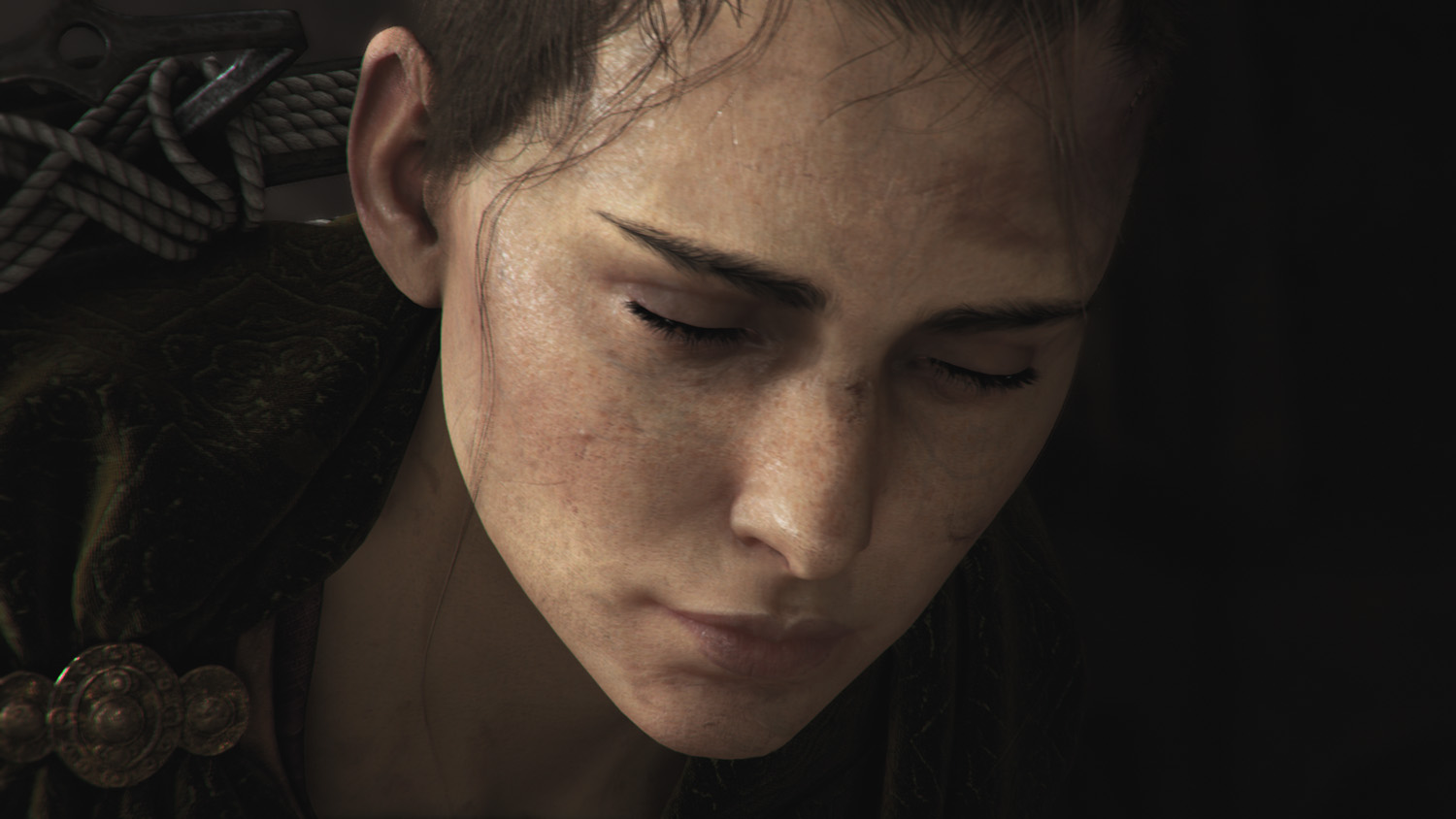
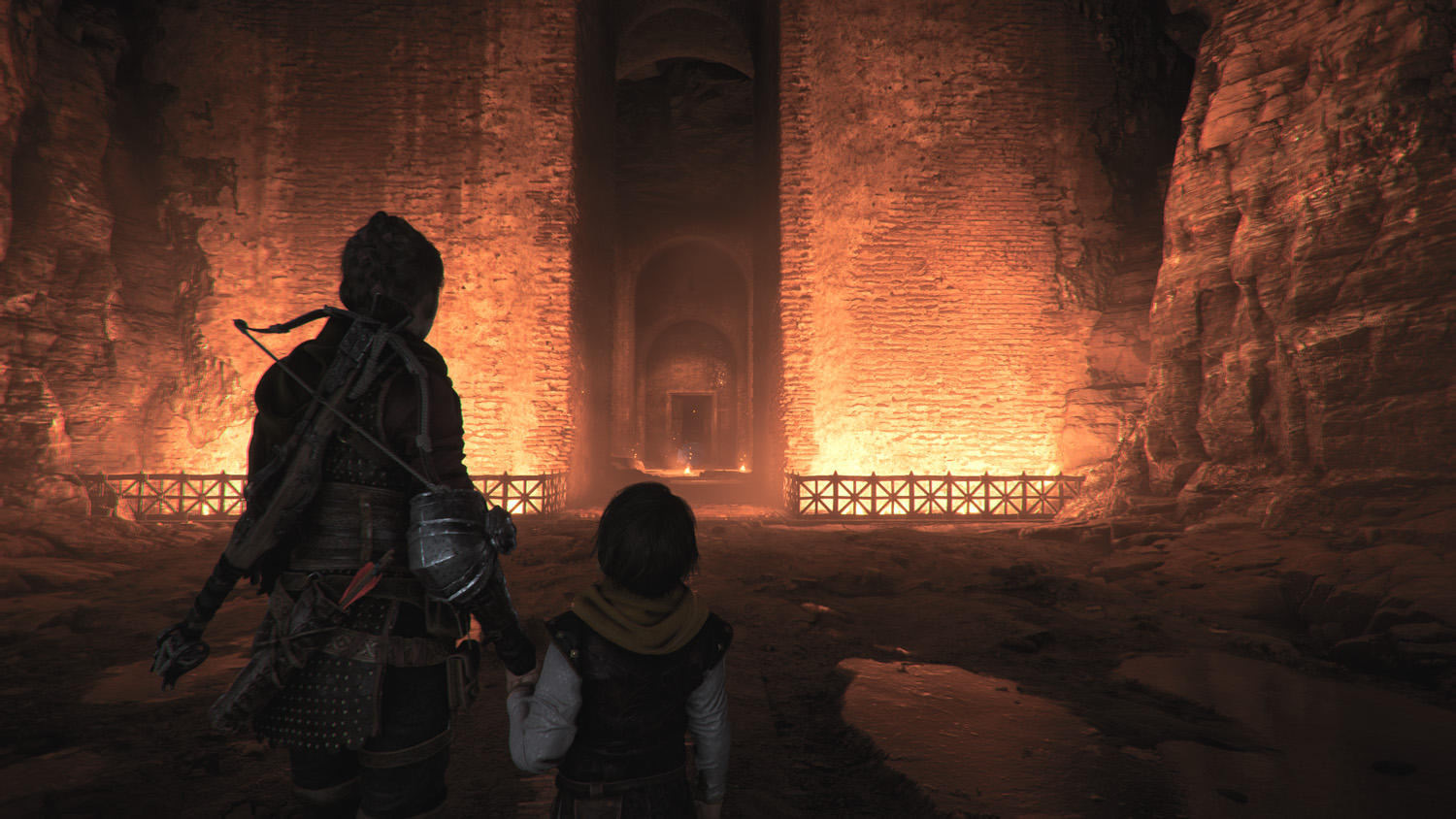
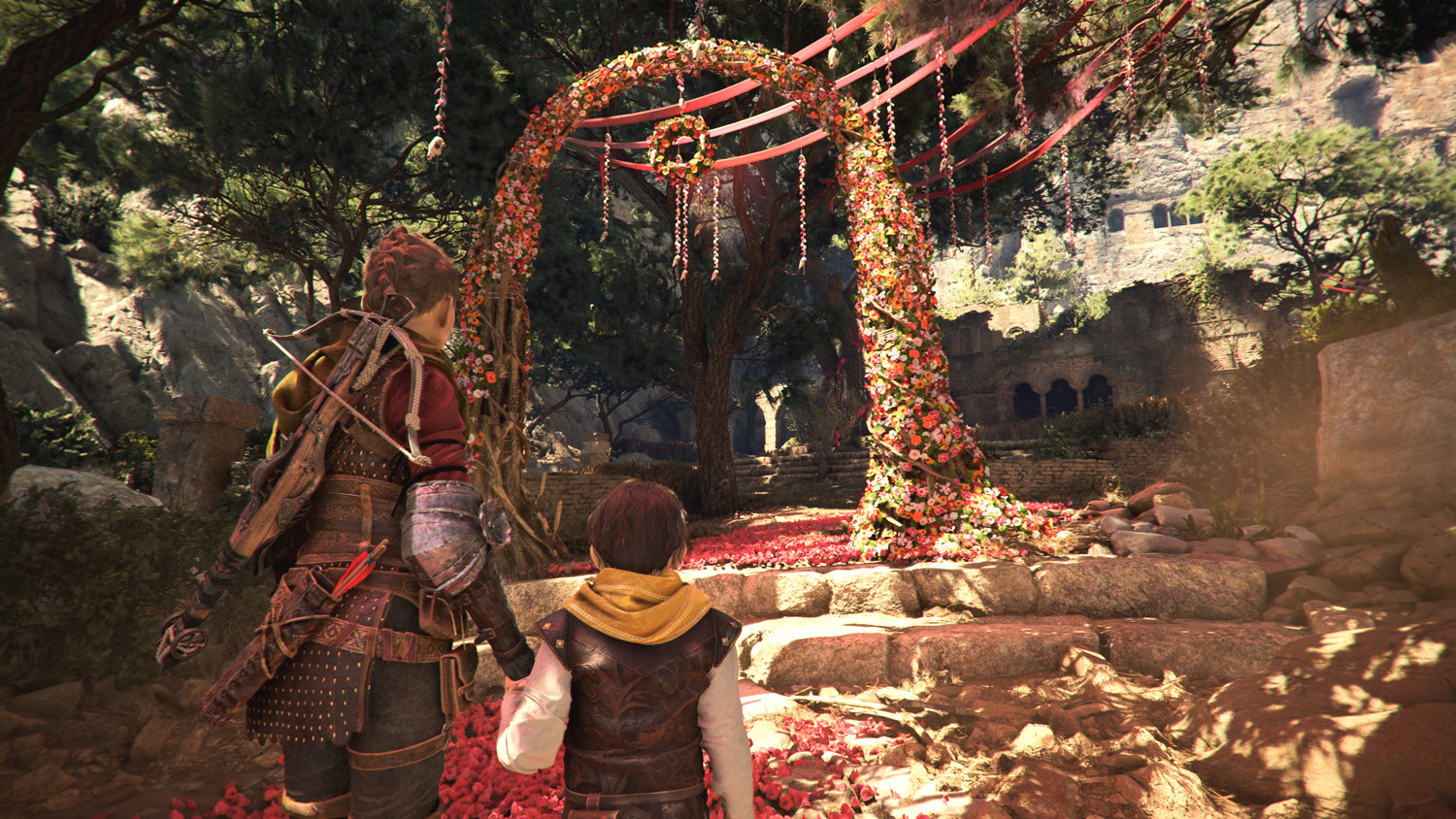
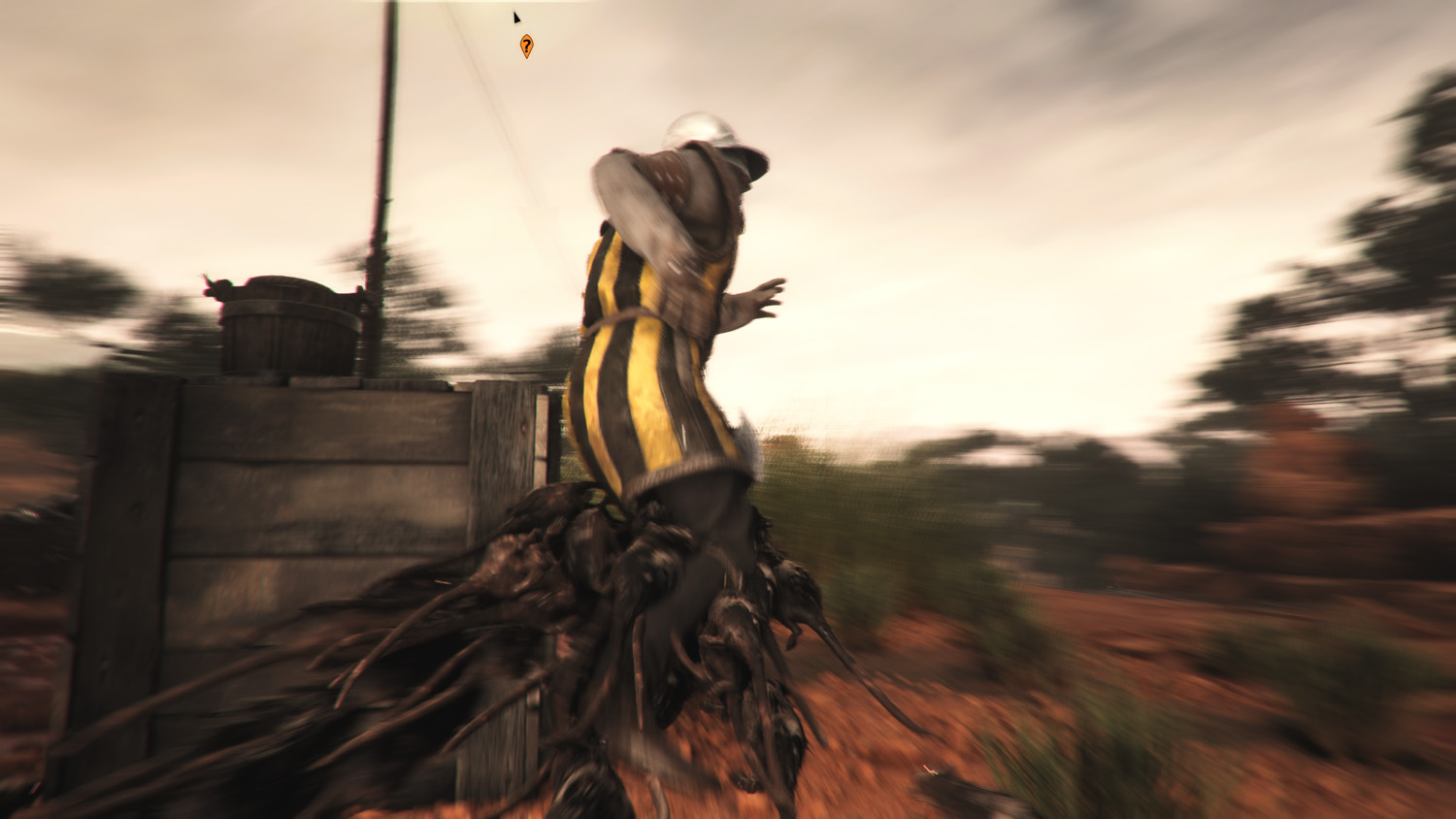
While fans are still split over Ellie’s controversial arc, it nonetheless made sense. But with Amicia, to go from moments when you’re given a choice on whether to be stealthy and avoid confrontation or be more aggressive (where directly or indirectly dispatching an enemy can earn vocal disapproval from one of your companions) only to be forced into bloodthirsty murder sprees when the plot dictates it makes for severe narrative whiplash. In fact, the whole story is something of a jolting roller coaster that goes in some pretty mad directions, though its twists elicit less shock and surprise than they do bafflement and sometimes outright hilarity as one implausible scenario piles on top of the other.
It’s just about a relief that the voice actors somehow manage to put in decent and likeable performances, even as the situations, notably a couple of your new allies, sometimes stretches credibility. Most importantly is the strong emotional core between the De Rune siblings, especially Amicia who gets put through the wringer physically and mentally. It’s just about enough to keep you invested to carry it over the line.
A Plague Tale: Requiem verdict
A hot mess of a game, really. For those who have played Innocence (which is pretty much required, though it’s sadly no longer on Game Pass), it’s great to spend time with Amicia and Hugo once again, the familial bond between two siblings still a rarity in games, as well as the devastating lengths one will go to protecting those they love. There’s also a great benefit to developing exclusively for new-gen platforms as it opens up to more expansive and stunning environments and technical feats with more lighting and those terrifying hordes of rats.
But a bigger game does not equal a better one, as its ambitions are frustrated by hackneyed design, with a plot that’s just all over the place, while some novel mechanics get undercut by more hackneyed ones. It’s not all doom and gloom as Requiem sometimes reaches out and brings back the light, but as a sequel it ultimately over-reaches and ends up consuming itself.
Stuff Says…
A sequel to a sleeper hit that falls short of its lofty ambitions and inspirations
Good Stuff
Some incredible environments with a great sense of scale
Strong performances from the cast
Clever use of light and rats in puzzles
Bad Stuff
Narratively all over the place
A lot of slow and archaic puzzle mechanics
Struggles to make use of its more open spaces



